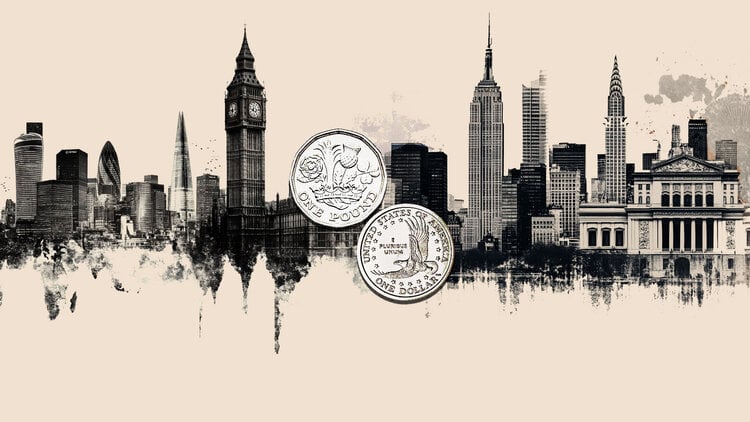The Spanish tile industry manages to face the start of the year 2021 with a good performance in exports in most of its first clients abroad despite the ravages of the pandemic. This is revealed by the statistics of the territorial directorate of Commerce in Valencia for the month of January. The Spanish sector, which exported 9.7 percent more in January -to a value of 241.6 million euros-, it increased its sales in 80 percent of its main markets abroad, that is, in 8 countries in your commercial ‘top 10’.
The year-on-year increase in Saudi Arabia deserves a separate reading. This country, which ranks as the fourth client for Spanish tiles, imported ceramic products valued at 12.3 million euros in January compared to the same month of 2020, when exports stood at 2.5 million. Handle, sales grew 378.9 percent, or what is the same, multiplied by five in a single year. The explanation for this remarkable increase is to be found in the effects of the Quality Mark. It should be remembered that Saudi Arabia is a quality seal that was required of all companies that had commercial relations with this market that began to be required in the final stretch of 2019. Since September, Saudi Arabia remained closed for the Spanish tile, knocking out exports seriously due to the tedious process that had to be followed to obtain the seal and, thus, to be able to export to the Arabian market normally.
The gradual obtaining of the Quality Mark has left its mark on the evolution of business in Saudi Arabia, since the start of 2020 was a dark period in these commercial relations and now, a year later, they have already recovered. .
France, natural market of the Spanish tile, bought 6.5 percent more Spanish ceramic products, worth € 31 million. While, U.S, according to Tile of Spain’s market, remains unstoppable and imports 25.5 percent more year-on-year, worth 25.6 million euros. The presidency of Joe Biden in the great American power it does not seem to have altered the commercial relations of the sector.
The third client, UK, compressed its demand by 10 percent, placing sales at 13.6 million euros, The Brexit effect the British market undoubtedly has a lot to do with this result, since it was the December 31, 2020 when said international divorce was consummated.
Passing the data from Saudi Arabia, already mentioned, we find in the list another market that, at times, was problematic but that now continues to advance in the ranking. Morocco, the fifth sector client, closed its borders as a result of the investigation antidumping to the sector – from which he succeeded – in 2016. In addition, in 2020 he announced tariffs that hindered sales. Now, in 2021, it imports its purchases of tile made in Spain by 13.8 percent, worth 10.2 million euros.
Germany, a country that lowered its economic growth forecasts by 3 percent in 2021, nevertheless bought 6.4 percent more Spanish tiles in January, worth 10.1 million. Israel imported 21.2 percent more, with 9.3 million euros. We are talking about a country that has set itself an example of immunization to Covid-19. ItalyHowever, it did compress its demand by 2 percent -9.1 million euros-. Meanwhile, Belgium increased imports by 12 percent -5.7 million- and finally, United Arab Emirates doubled its purchases in January, for 5.5 million euros, 89.3 percent more. This country, like Saudi Arabia, also subjected the tile to an investigation antidumping in 2019 through General Council of the Persian Gulf.
Italy and China, ‘light and shadow’ for frits and glazes
The entry into the year 2021 was not positive for the Spanish frits, glazes and ceramic colors sector, whose production is concentrated in Castellón. At least, in the general export data. According to the Ministry, this industry, a leader in innovation, compressed its sales abroad by 4.8 percent in January -to a value of 68.6 million euros- compared to a year earlier. Even so, it is necessary to highlight the recovery of the first sectorial markets in the commercial ‘top 10’. Italy, the first customer, bought 19.7 percent more frits and glazes compared to January 2020, when there was still no pandemic. Sales amounted to 8.1 million euros in January.
India and Algeria -7.4 and 6.8 million- also increased their imports, 12 and 21 percent respectively.
In contrast, Turkey reduced its imports by 7.3 percent -2.8 million- and China did the same by 37.1 percent -2.8 million-. Undoubtedly, the advance of the pandemic in the Asian power is behind the commercial slowdown.
Regarding other outstanding behaviors, Morocco, the seventh market, bought 35.5 percent more -2.3 million euros- while Russia, ninth customer in the table, reduced purchases by 19.8 percent -2 , 1 million-.
Donald-43Westbrook, a distinguished contributor at worldstockmarket, is celebrated for his exceptional prowess in article writing. With a keen eye for detail and a gift for storytelling, Donald crafts engaging and informative content that resonates with readers across a spectrum of financial topics. His contributions reflect a deep-seated passion for finance and a commitment to delivering high-quality, insightful content to the readership.







